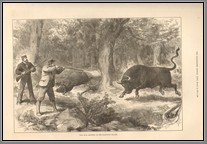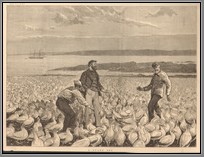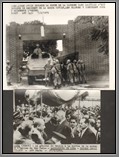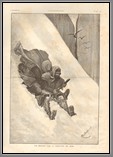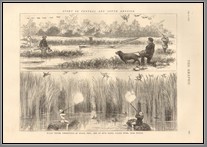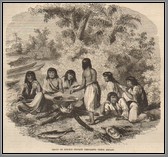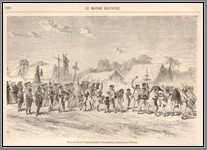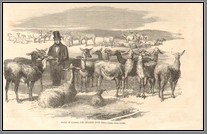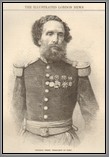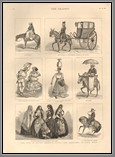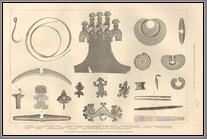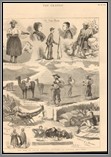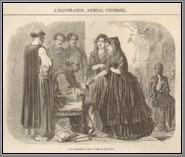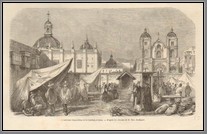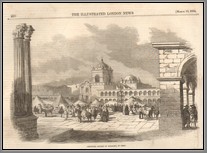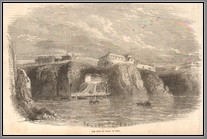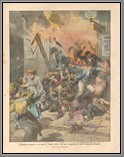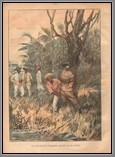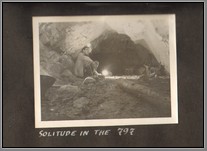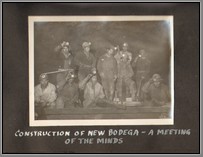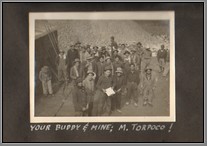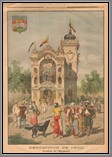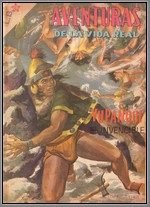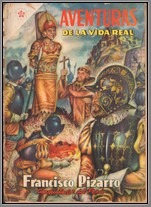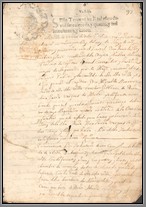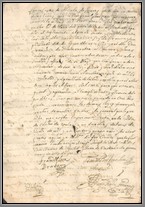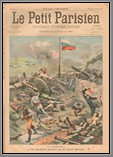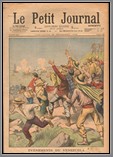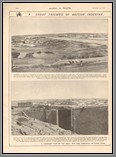Andean Countries
Photo album belonging to an American engineer working at the San Cristobal mine in Peru in 1954. 45 photos, good quality. Different aspects of the mine, local workers, local life, managers socializing. B
Price: $400.00
Note: "San Cristobal Mine - 5" is a producer deposit site discovered in 1928 in the Andean Mountain System of Junin, Peru. It is a deposit, located in the San Cristobal-Carahuacra District mining district and is not considered to be of world-class significance. It began production in 1938.
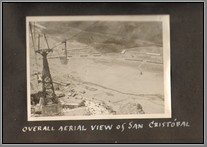 CEP 229 CEP 229 | 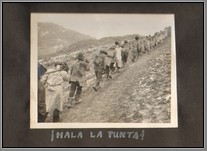 CEP 229 CEP 229 | 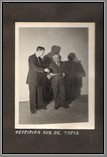 CEP 229 CEP 229 | 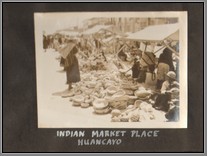 CEP 229 CEP 229 |
Document providing an inventory of slaves, jewelry and other goods in the Villa de Carrion de Velasco, Viceroyalty of Peru. Dated 1704 and 1705. "An inventory is made of a black girl named Mariana aged 50 years with a 12-year-old son Cayetano ..." 7 pages containing 14 pages of text. Difficult to find Peruvian slave documents, especially this old. M
Price: $450.00
Collection of seven illustrations from French and English periodicals on the Venezuela crisis of 1902-1903 and the insurgency leading up to it. B
Price: $180.00
Note: The Venezuelan crisis of 1902–03 was a naval blockade imposed against Venezuela by the United Kingdom, Germany and Italy from December 1902 to February 1903, after President Cipriano Castro refused to pay foreign debts and damages suffered by European citizens in the Venezuelan civil war. Castro assumed that the United States Monroe Doctrine would see the US intervene to prevent European military intervention. However, at the time, US president Theodore Roosevelt and the Department of State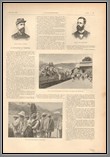 CEP 240
CEP 240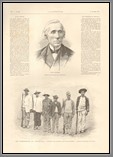 CEP 240 saw the doctrine as applying only to European seizure of territory, rather than intervention per se. With prior promises that no such seizure would occur, the US was officially neutral and allowed the action to go ahead without objection. The blockade saw Venezuela's small navy quickly disabled, but Castro refused to give in, and instead agreed in principle to submit some of the claims to international arbitration, which he had previously rejected. Germany initially objected to this, arguing that some claims should be accepted by Venezuela without arbitration.
CEP 240 saw the doctrine as applying only to European seizure of territory, rather than intervention per se. With prior promises that no such seizure would occur, the US was officially neutral and allowed the action to go ahead without objection. The blockade saw Venezuela's small navy quickly disabled, but Castro refused to give in, and instead agreed in principle to submit some of the claims to international arbitration, which he had previously rejected. Germany initially objected to this, arguing that some claims should be accepted by Venezuela without arbitration.
President Roosevelt forced the Germans to back down by sending his own larger fleet under Admiral George Dewey and threatening war if the Germans landed. With Castro failing to back down, US pressure and increasingly negative British and American press reaction to the affair, the blockading nations agreed to a compromise, but maintained the blockade during negotiations over the details. This led to the signing 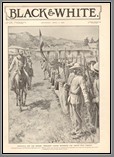 CEP 240
CEP 240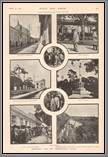 CEP 240of an agreement on 13 February 1903 which saw the blockade lifted, and Venezuela commit 30% of its customs duties to settling claims.
CEP 240of an agreement on 13 February 1903 which saw the blockade lifted, and Venezuela commit 30% of its customs duties to settling claims.
When the Permanent Court of Arbitration in The Hague subsequently awarded preferential treatment to the blockading powers against the claims of other nations, the US feared this would encourage future European intervention. The episode contributed to the development of the Roosevelt Corollary to the Monroe Doctrine, asserting a right of the United States to intervene to "stabilize" the economic affairs of small states in the Caribbean and Central America if they were unable to pay their international debts, in order to preclude European intervention to do so.
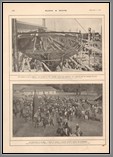 CEP 239
CEP 239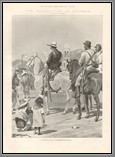 CEP 239
CEP 239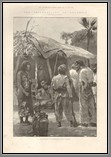 CEP 239
CEP 239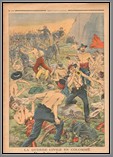 CEP 239Collection of 4 illustrations from French and English periodicals on the Thousand Days War in Colombia. B
CEP 239Collection of 4 illustrations from French and English periodicals on the Thousand Days War in Colombia. B
Price: $100.00
Note: The Thousand Days' War (1899–1902), was a civil armed conflict in the Republic of Colombia (including its then Department of Panama), between the Conservative Party, the Liberal Party and radical factions. During 1899 the ruling conservatives were accused of maintaining power by fraudulent elections rather than democratic procedure. The situation was worsened by an economic crisis caused by decreasing international coffee prices. This mainly affected the opposition Liberal Party, which had lost power.

